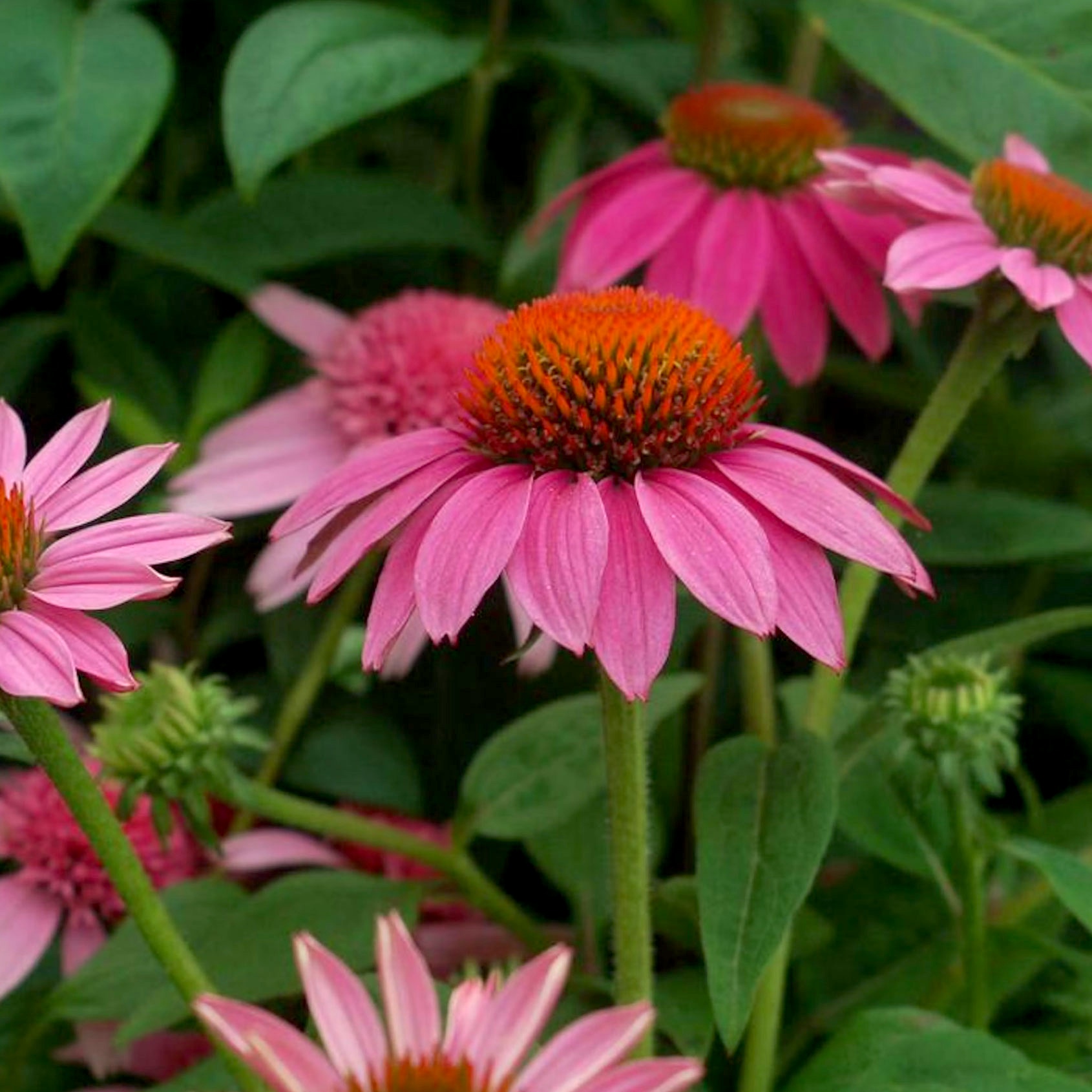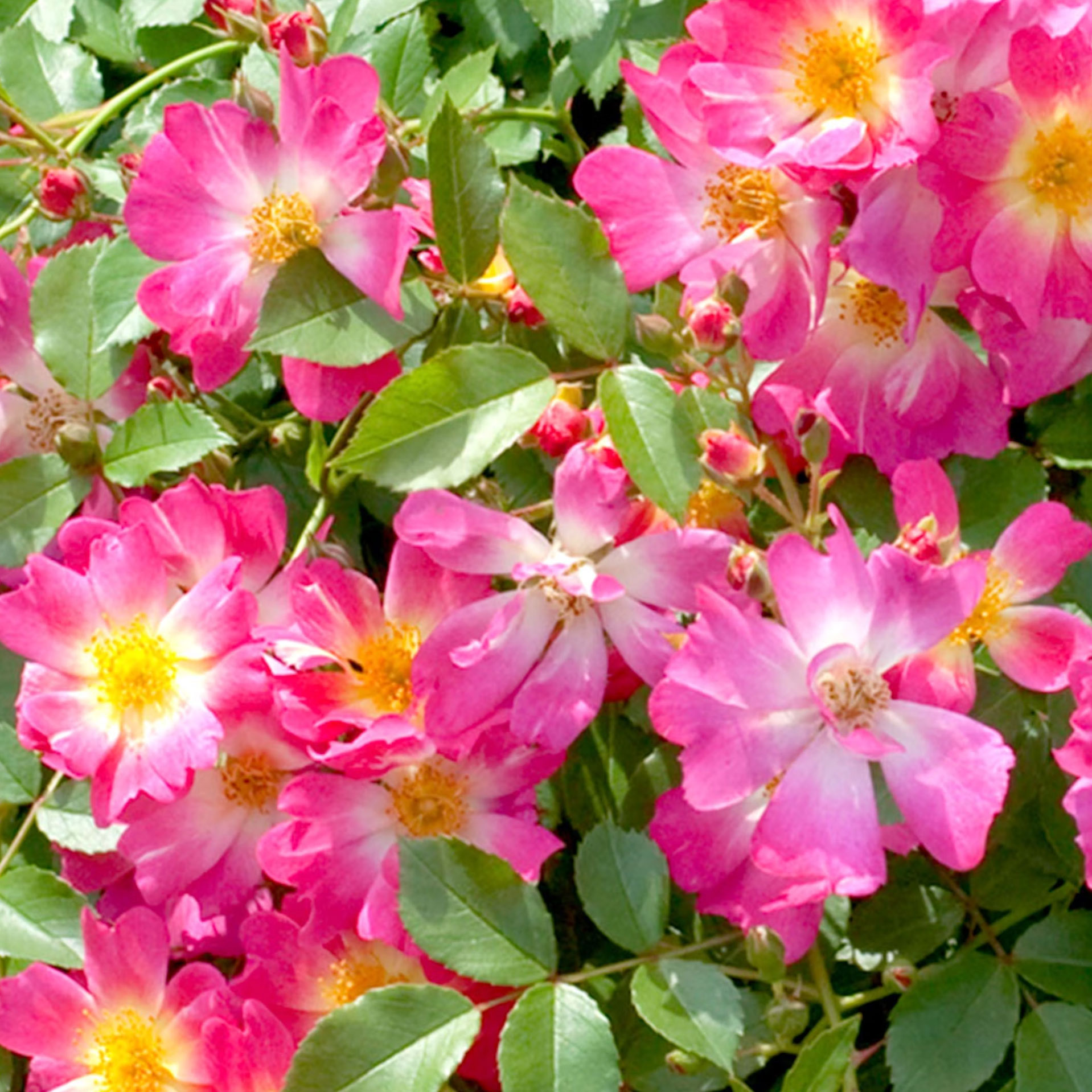Want To Bring The Cottagecore Aesthetic To Life In Your Garden? Try These 9 Cottagecore Garden Plant Ideas For Dynamic & Ethereal Displays
Wondering how to capture the cottagecore aesthetic and overwhelmed by options? Try these elegant, dynamic and reliable plants to grow a sustainable trad trend
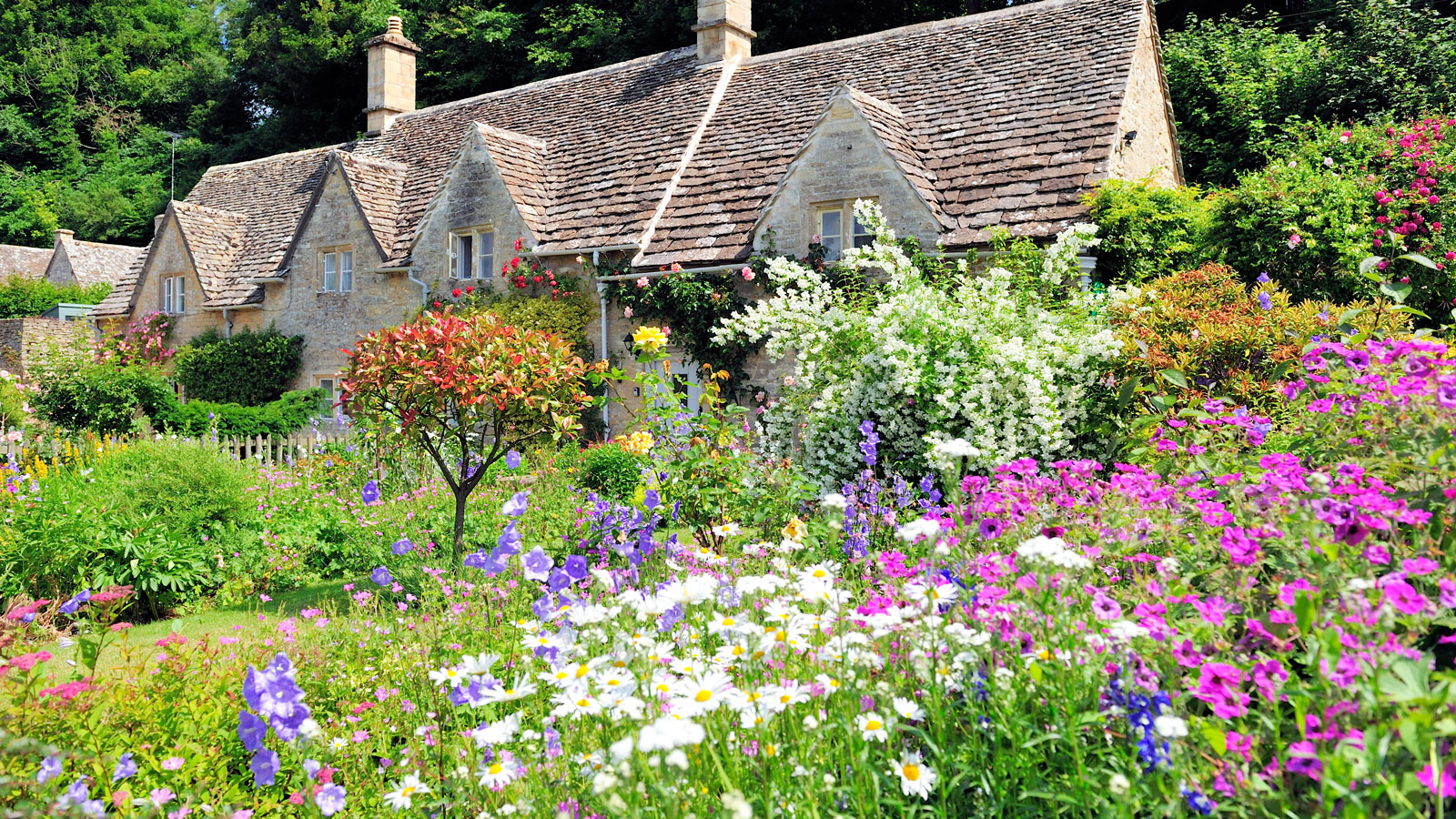
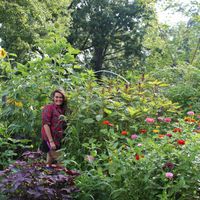
Amy Draiss
Though many of us are likely familiar with the traditional cottage garden style, the cottagecore aesthetic may raise questions. How does one select plants and flowers to cultivate a cottagecore garden? And what exactly makes a good cottagecore flower garden? At its root, the term is often used to refer to spaces that have been inspired by rural life, carefree designs, and biodiversity.
There is a whimsy about this style, yet also a deliberately rustic tone serving as a form of escapism from modern ideas. Though cottagecore garden plants vary, the signature look relies on vibrant color, romantic yet striking texture, and prolific blooms. This look is sure to appeal to cottage garden lovers and gardeners who appreciate a more carefree style of planting. Many of these plants are also cottage garden plants and will often feature a mix of pastels, wildflowers and rustic flourishes. Here are some of the most popular cottagecore garden plants.
Plants For The Ultimate Cottagecore Aesthetic
Cottagecore garden plant ideas are marked by abundance. Often, flowers are planted densely, allowing for high-yield beds that make a dramatic visual statement. In designing the garden, you should be looking to incorporate a range of unique petal forms and leaf textures, as well as a mixture of heights. Plants that create natural movement are ideal, as are those with elongated stems or stylized petals.
Other elements such as flower form and fragrance help to create a more complete, immersive experience for your cottagecore plants and cottage garden shrubs. Here are some of the most profuse flowering cottagecore plants, as well as one non-flowering option for both texture and vivid tone.
1. Echinacea
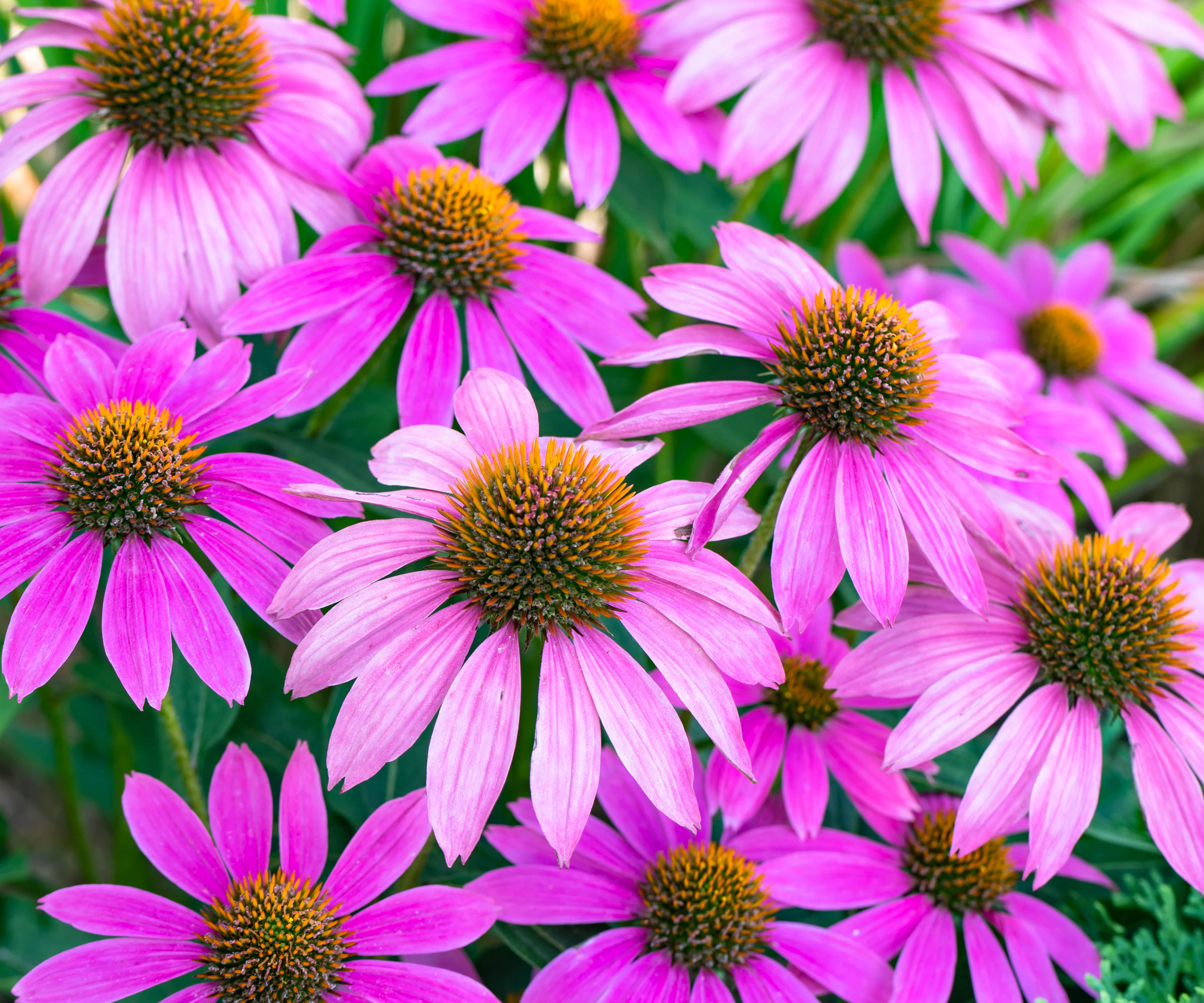
A favorite of pollinators and drought tolerant plant lovers, echinacea plants are a solid addition to the cottagecore flower garden. This perennial, also known as the coneflower, produces large numbers of blooms that last from midsummer until the arrival of cooler weather in fall. Conventional breeds produce purple and pink flowers, but you can now get yellow, green, red, white and ombre colors.
Plants are well-adapted and thrive in a wide range of growing conditions, including those that are especially dry or hot. You can buy fluffy yet unusual ‘Double Scoop Bubble Gum’ coneflower plants from Burpee for a quick hit of cottage garden pink.
2. Fern
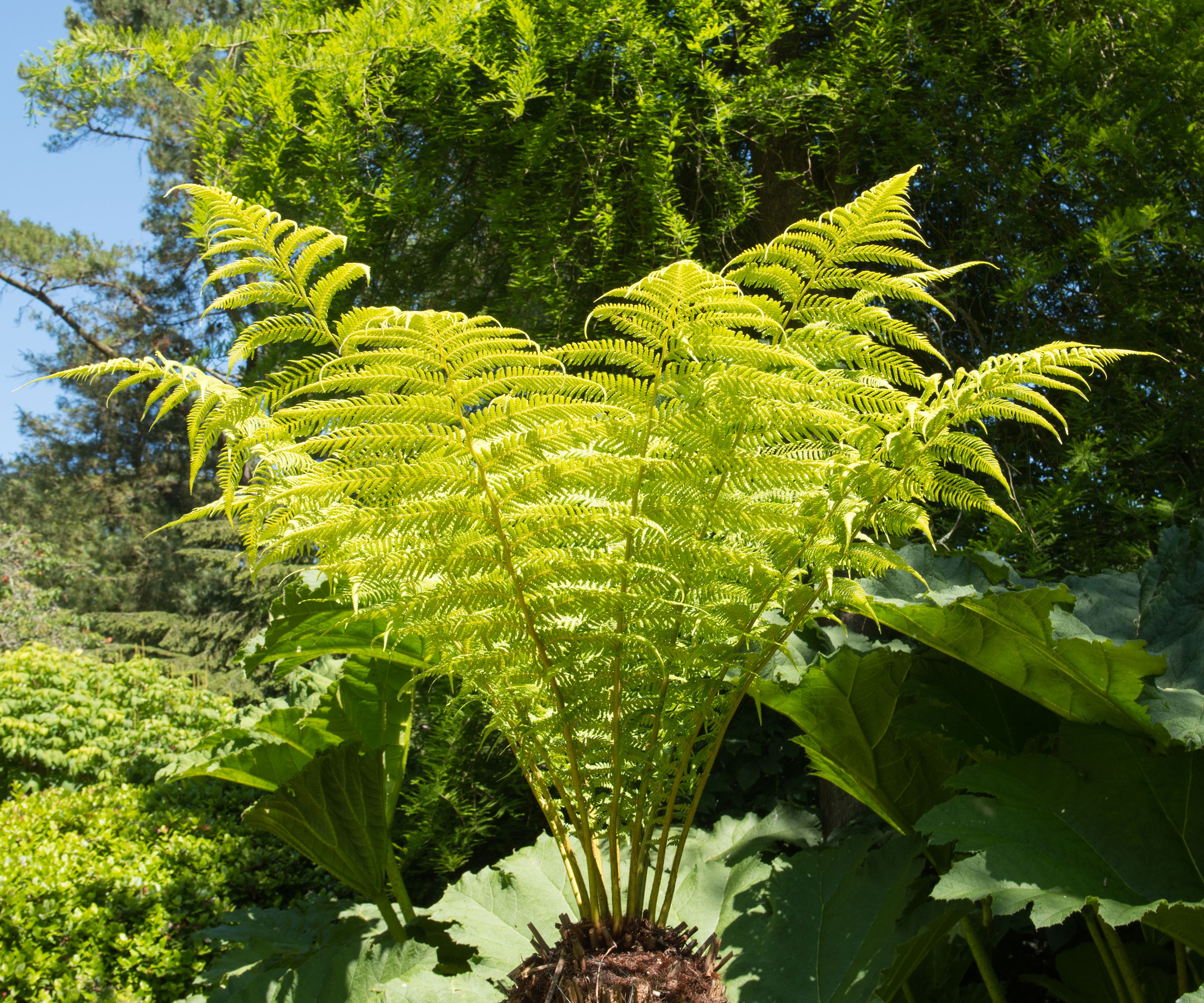
Ferns and other low-growing species can be used in a garden cottagecore design to create depth within beds and help control weeds. Dense plantings of ferns offer much-needed texture and color, serving as an invaluable component of mixed borders. Certain breeds like tree ferns can also add height at the backs of borders.
Their carefree habit and ease of growth further contribute to their beauty and utility. They are also great shade loving plants for varied or larger cottagecore designs. Try the structured yet carefree elegance of the ‘Burgundy Lace’ Painted Fern from Nature Hills, with its graceful silvery purple fronds.
3. Foxglove
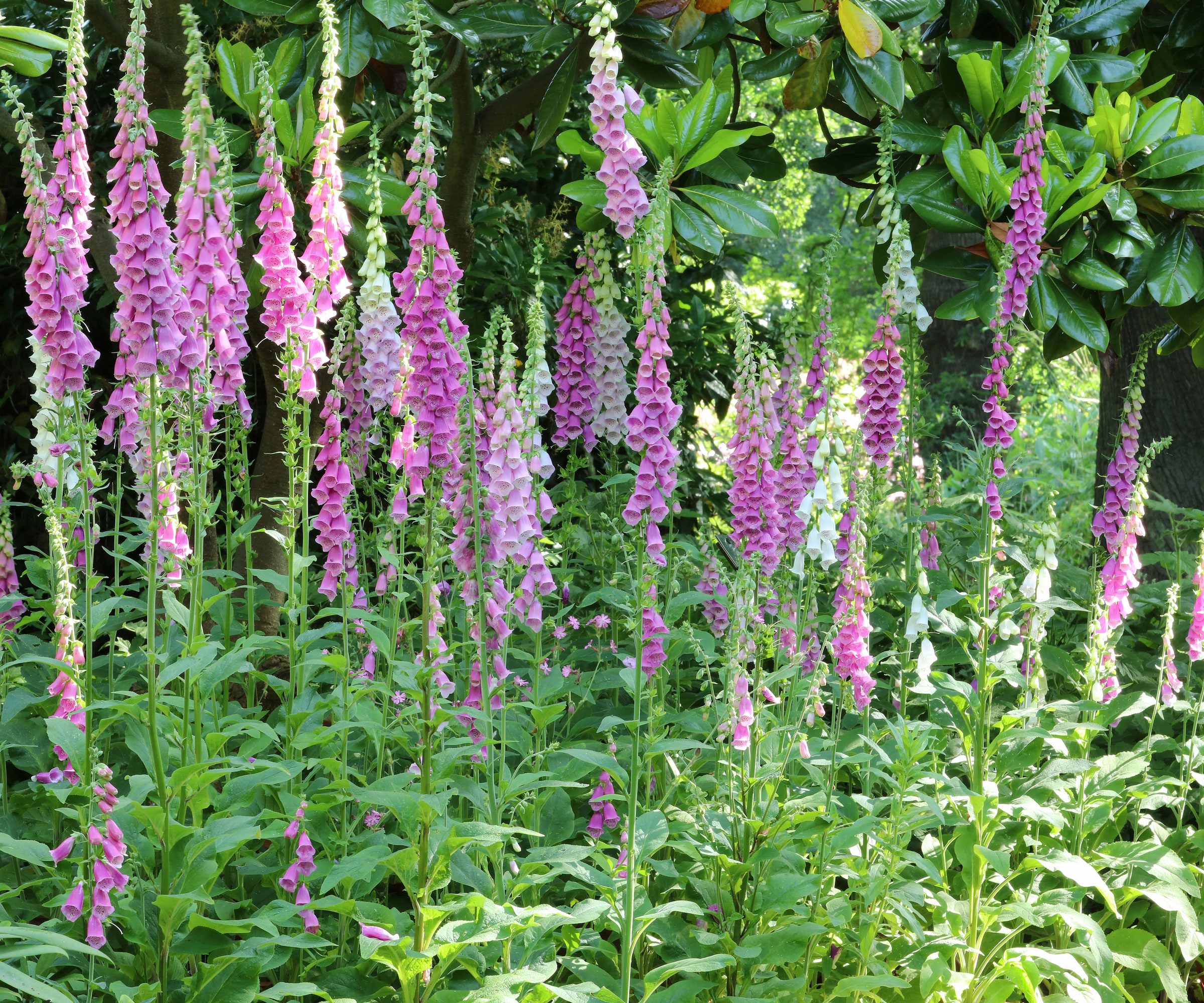
Most often grown as a biennial, foxgloves can be used to add both height and color to growing spaces. Their tall plants may require some support with stakes or frames, but their impressive floral displays are well worth the effort. To really max out on the cottagecore aesthetic, grow foxgloves in large numbers across a large garden bed.
Just bear in mind that all parts of foxglove plants are considered extremely toxic. Exercise special caution in gardens frequented by children and pets. Still, you can find some dreamy cottagecore-friendly foxgloves at Proven Winners, including ‘Dalmation Peach’, ‘Arctic Fox Rose’, ‘Candy Mountain’ and ‘Sugar Plum’ foxgloves.
4. Hellebore
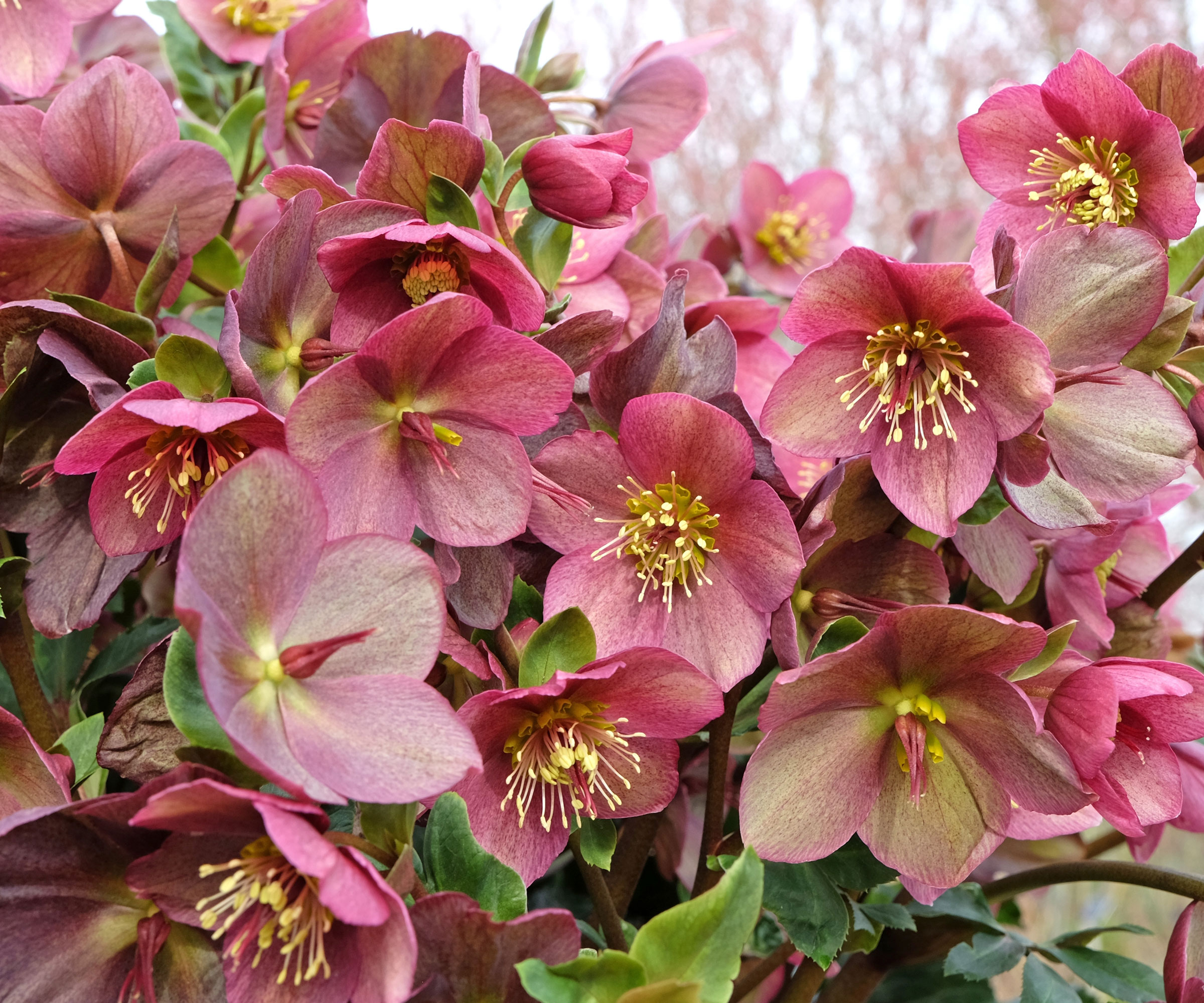
A well-planned cottagecore garden will feature some winter-based and spring-based beauties to help maintain year-round appeal. As well as spring-flowering bulbs and key spring flowering perennial plants, different hellebore varieties provide color and joy from very early in the year. This early-season color helps add dramatic flourishes when other parts of the garden may be sleepy and quiet.
Hardy hellebore plants are resistant to disease, as well as damage from browsing animals. There’s an interesting range of hellebores at Proven Winners, including lime green ‘Irish Luck’, gray purple ‘Vegas Nights’ and fluffy ‘Black Tie Affair’ hellebores.
Sign up for the Gardening Know How newsletter today and receive a free copy of our e-book "How to Grow Delicious Tomatoes".
5. Hollyhock
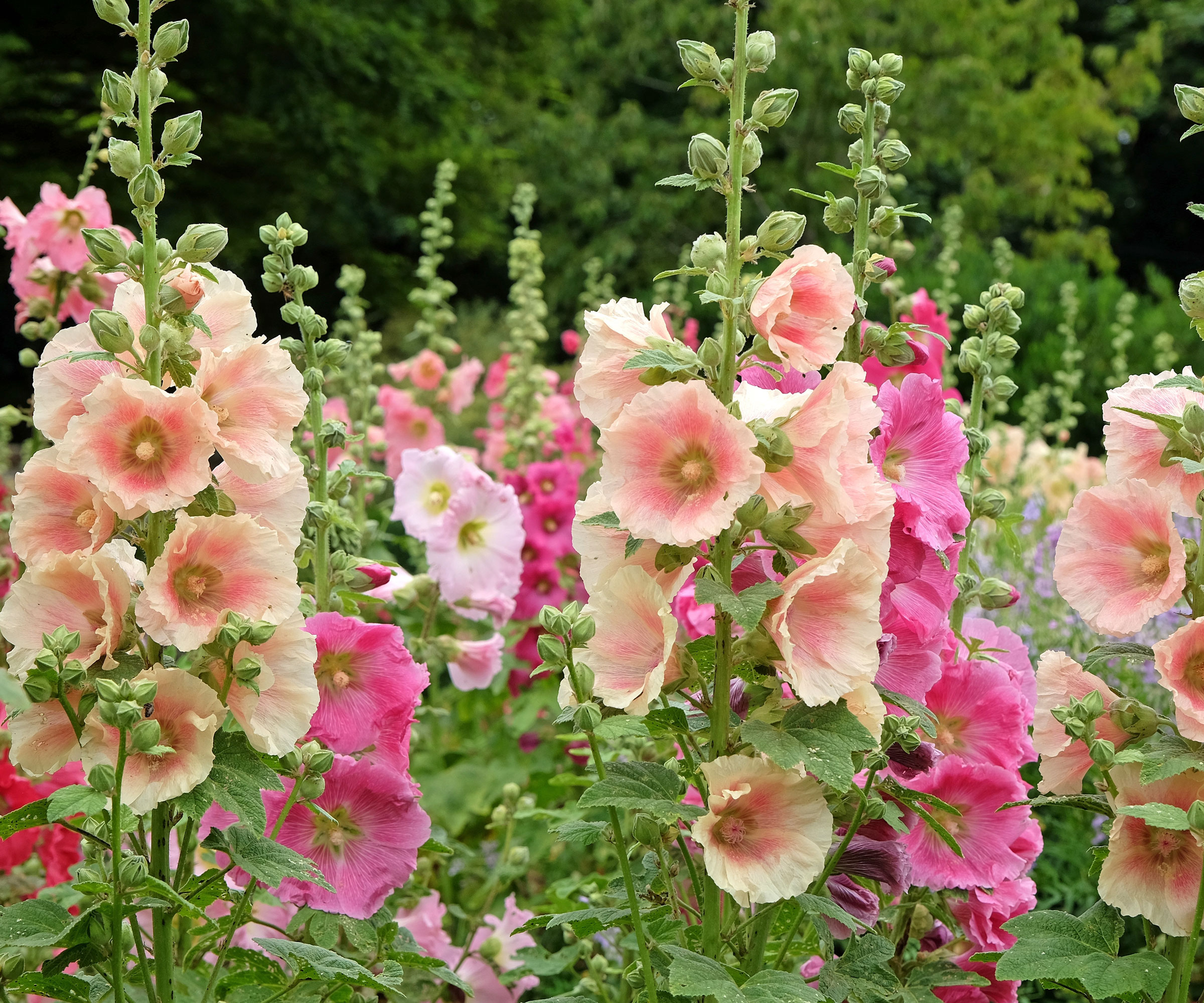
Many consider hollyhocks to be the quintessential cottage garden flower and they also make excellent cottagecore plants. Large hibiscus-like flowers open, over the course of several weeks, on statuesque stems. Though most cultivars will remain upright throughout the growing season, these tall flowering plants may need stakes to protect the plant from wind or heavy rains.
As a biennial, these plants will volunteer freely within beds, should they be allowed to produce seed. Try Hollyhock ‘Country Romance Mix’ from Burpee, a four-plant bundle of rose, white, maroon, yellow and pink blooms that flower until September.
6. Hydrangea
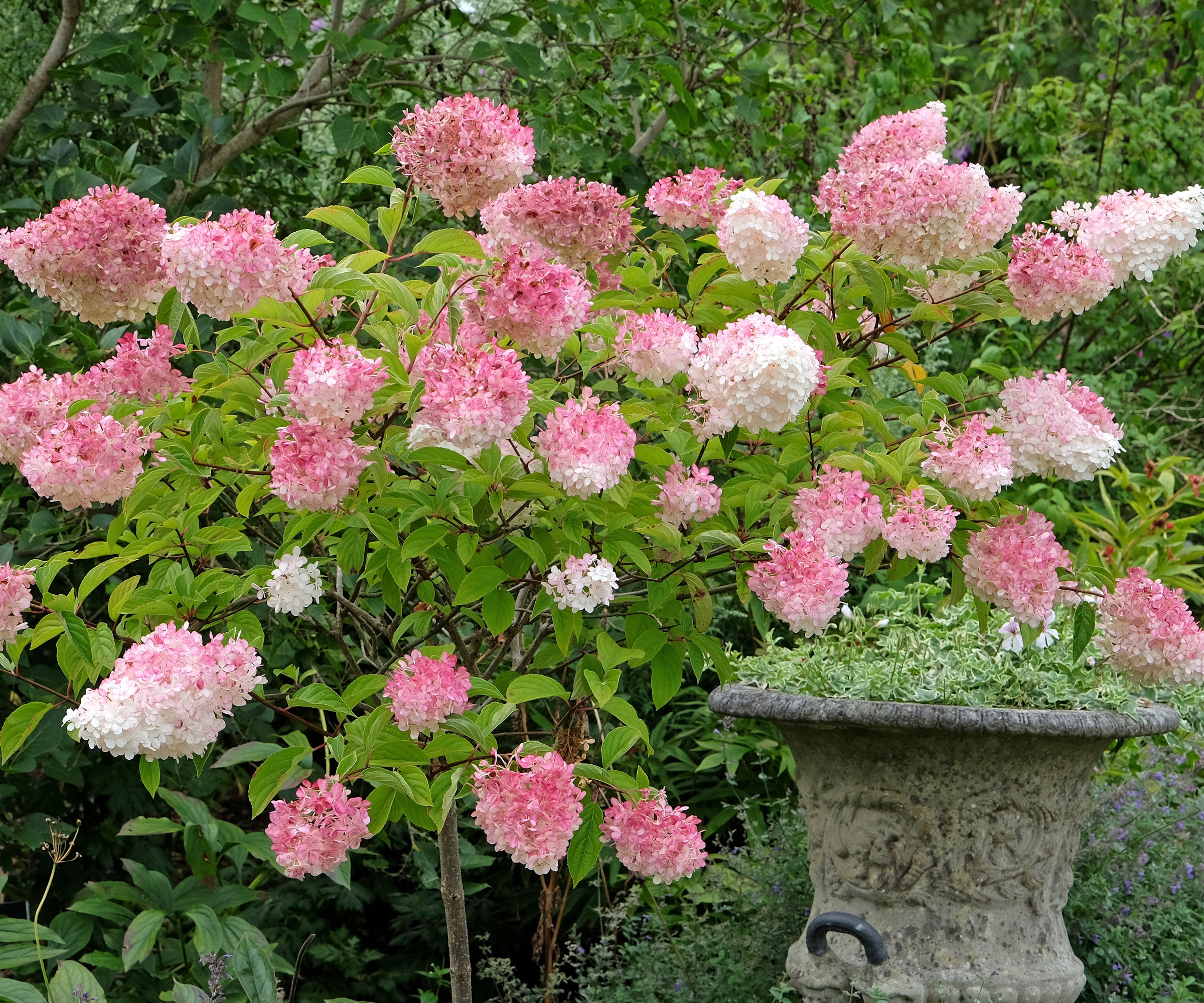
Hydrangeas are known for their high impact and visual interest in mixed borders, hedges and even large containers. They dependably and uniformly add both color and curb appeal to plantings. Many hydrangea types flower profusely and change color over the flowering season, making them ideal for cottagecore plantings.
The most popular types include varieties classified as Hydrangea macrophylla or H. paniculata. Be sure to select a hydrangea suitable for your particular growing zone. There’s a gorgeous selection of hydrangeas at Fast Growing Trees, including white ball ‘Annebelle’, container-friendly ‘Red Sensation’, multi-toned ‘Little Lime Punch’, and best-selling ‘Endless Summer’ with its proliferation of dreamy blooms.
7. Peony
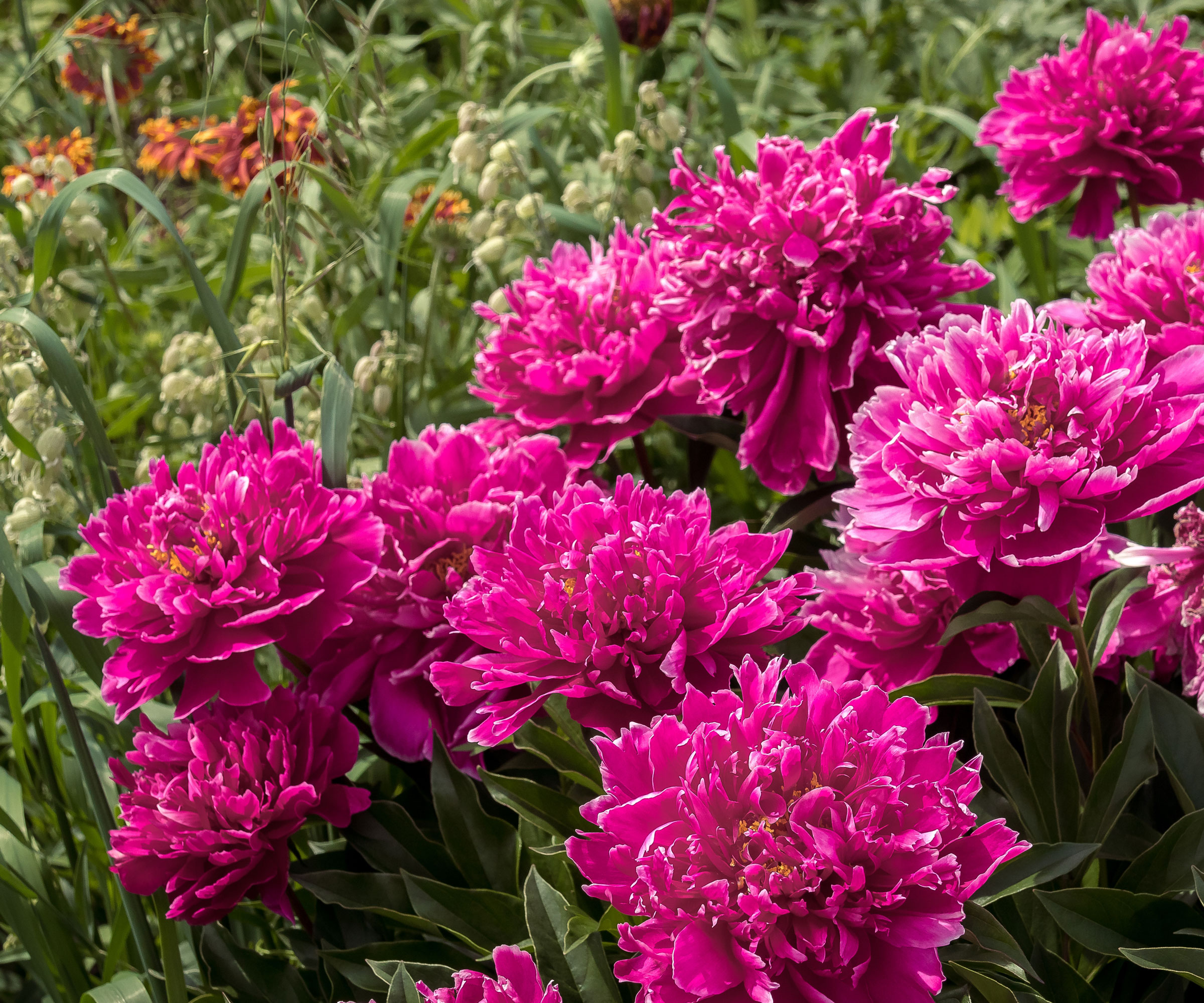
Peony plants are often considered to be a long-term commitment. You can expect healthy shrubs to survive for decades with only little attention or care. This makes them ideal for cottagecore beds that require little to no annual maintenance.
You can find peony varieties in shades of white, pink, coral or red. Their large buds and sturdy stems are sure to leave a lasting impression. There’s an exquisite selection of peonies available at Nature Hills, including fluffy pink ‘Sarah Bernhardt’, lemon yellow ‘Bartzella’ Itoh peony, and the meringue style ‘Festiva Maxima’ peony.
8. Sweet Pea
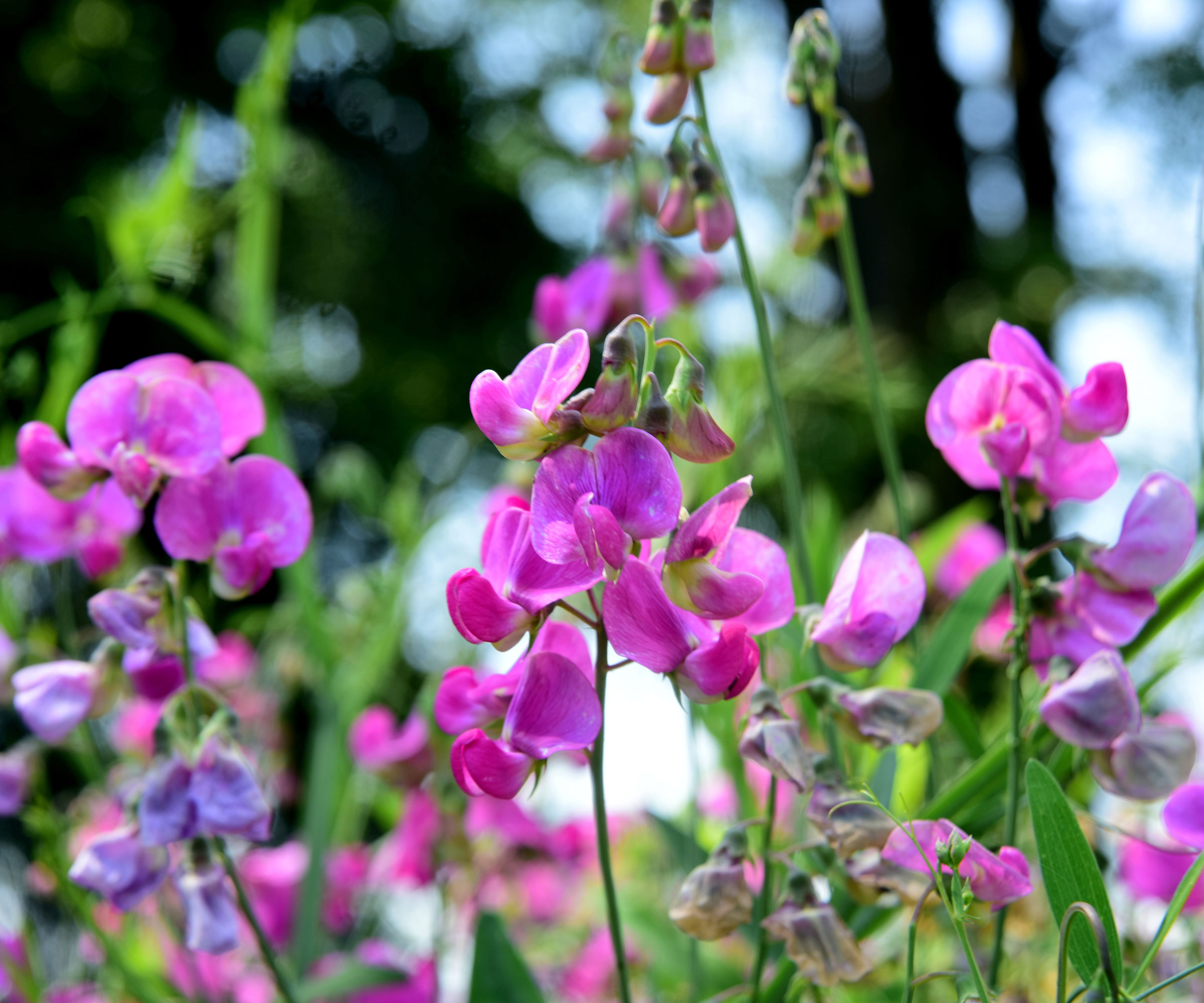
The effective use of annual flowers can aid in the creation of exciting cottagecore gardens. Lathyrus odoratus is prized for its delicate beauty and alluring fragrance. Sweet peas grow best where conditions are cool, allowing for a long period of establishment before plants begin to bloom.
This species is not to be confused with edible garden types, as all parts of the sweet pea are toxic. You can buy lovely antique sweet peas that add to the romance and whimsy of a cottagecore design. Try heirloom styles and old fashioned breeds such as ‘Sweet Dreams Mix’ Sweet Pea seeds from Burpee for a brightly colored yet old fashioned fragrant addition to your cottagecore aesthetic.
9. Rose
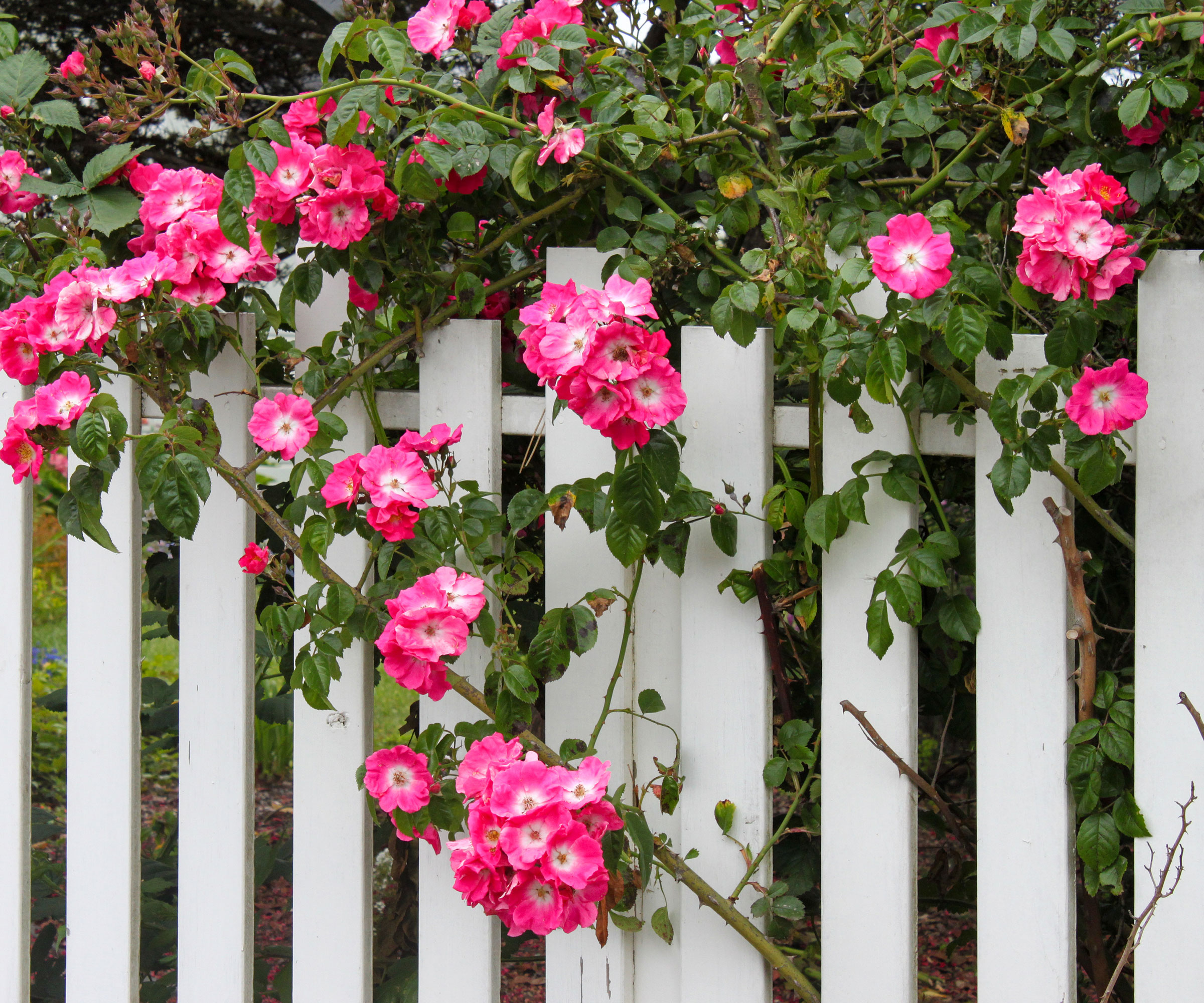
Another popular addition to cottagecore gardens, roses add shape and natural movement, as well as color and heady fragrance. Old-fashioned breeds, shrub roses and English types have seen a recent surge in popularity, due to their dense flower forms and range of fragrance.
Rambling or climbing cultivars allow you to quickly fill trellises and arbors with blooms, and make some of the easiest roses to grow in a cottagecore garden. Try the unusual yet elegant ‘Blue Moon’ hybrid tea rose bush from Heirloom Roses, or the striped ‘Candy Sunblaze’ miniature rose bush from Hirt’s Gardens, both available from Walmart.
Frequently Asked Questions
How Do You Make a Cottagecore Garden?
With cottagecore, you are limited only by your imagination. Start by deciding which plants you would like to include using these options above, exploring your desired color palette, as well as examining how to best utilize garden beds. Ideally, you are looking to incorporate a rustic and rural aesthetic, with elements of crafting, creative containers and nature featuring prominently.
What Colors Go With Cottagecore?
Just about any color can be used to create a highly impactful cottagecore garden. Some growers will prefer a rainbow of blooms or unusual color combinations, while others may favor pastels or a more monochromatic approach. Each cottage garden is truly as unique as its creator.
This article features products available from third party vendors on the Gardening Know How Shop. Keep in mind that our plant inventory is limited - so if you’re thinking of purchasing, don’t wait!
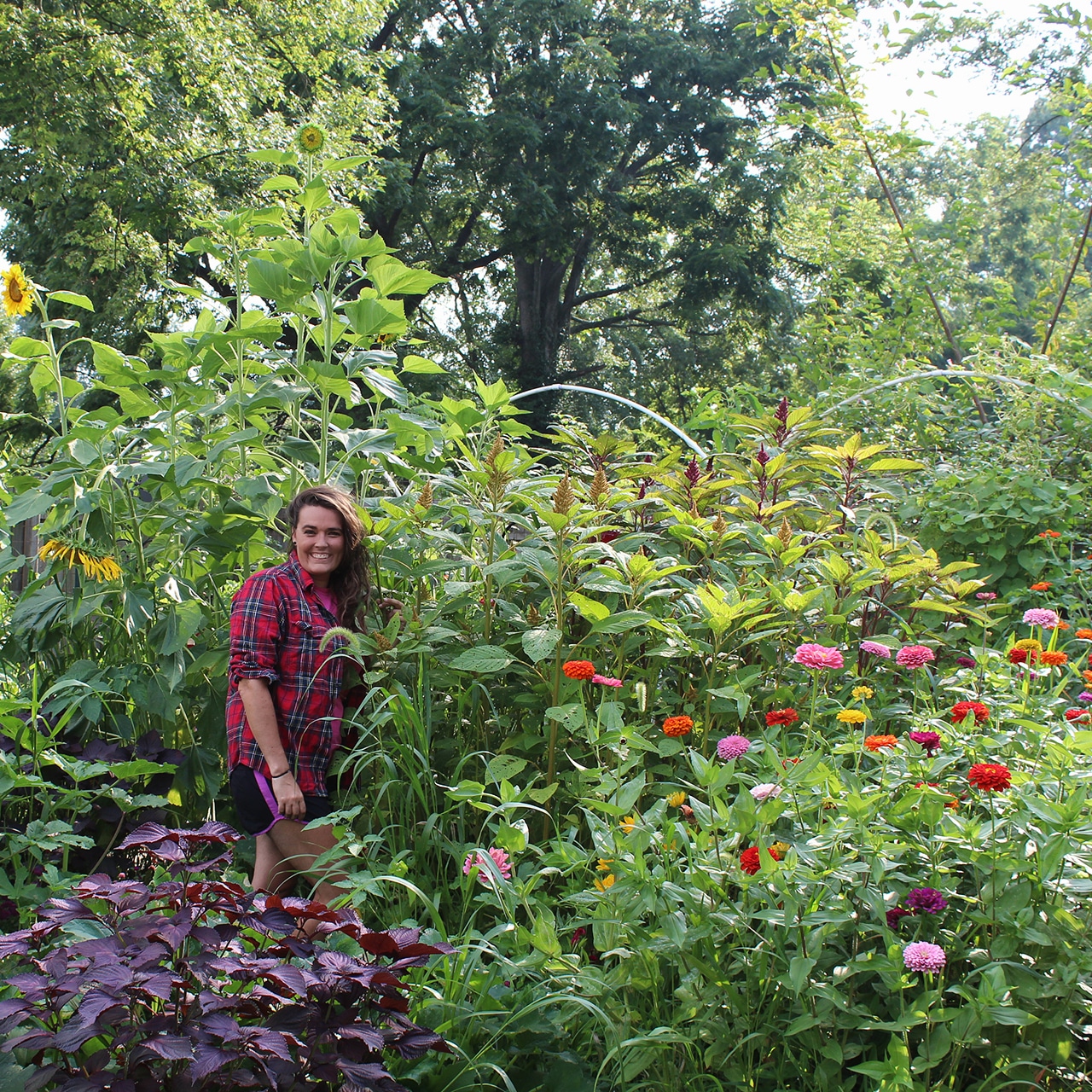
Tonya Barnett has been gardening for 13 years. Flowers are her passion. She has transformed her backyard into a cut flower garden, which she regularly chronicles on her YouTube channel http://www.youtube.com/@tonyawiththeflowers.
- Amy DraissDigital Community Manager
